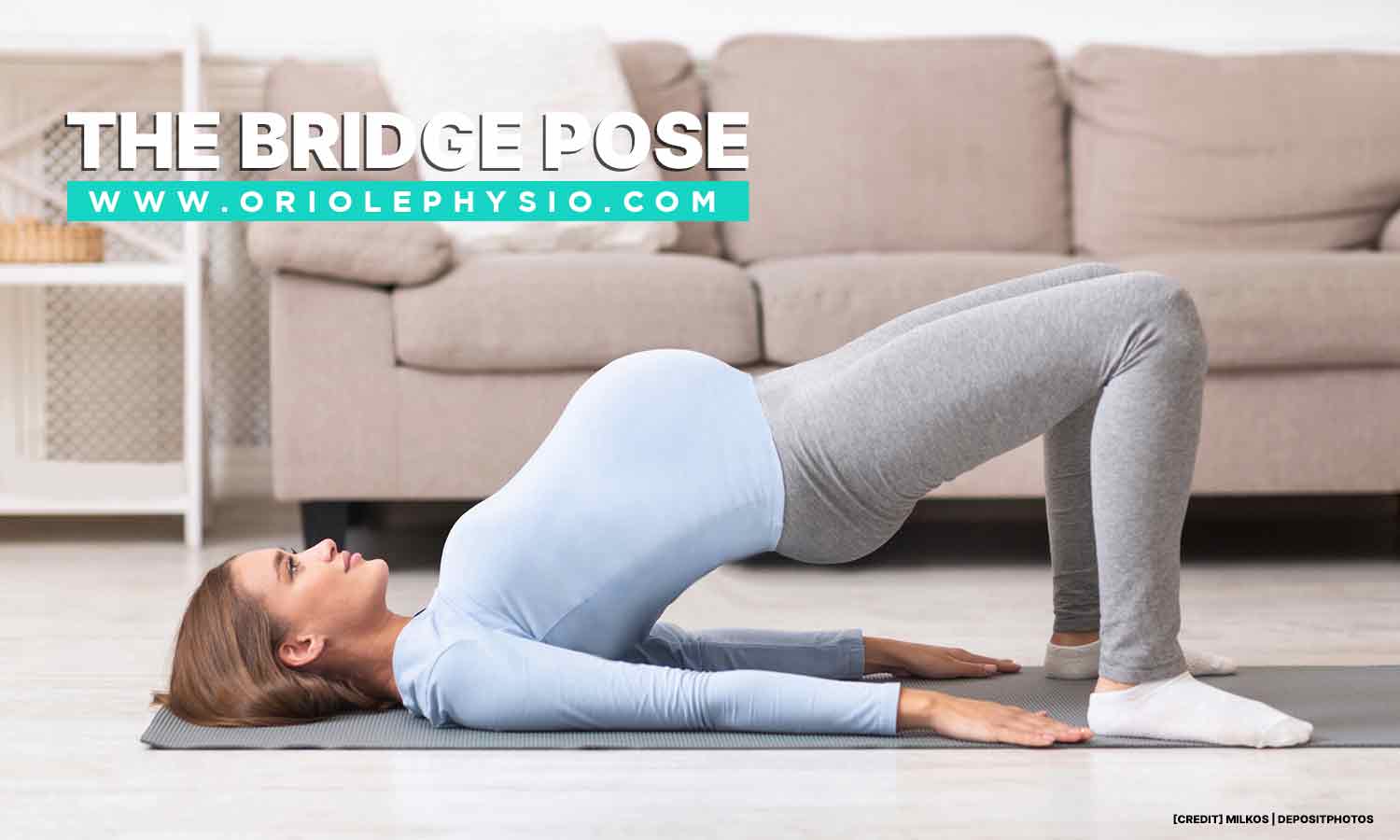Pelvic Floor Care During Pregnancy
Pregnancy can be a magical time for expectant mothers. However, it comes with its own set of risks. The woman’s body changes to make way for the baby. This can take a toll on the body, causing issues in parts like the legs (varicose veins) and the pelvic region (pelvic floor dysfunction). This is why caring for their pelvic floor health should be a part of a pregnant woman’s daily regimen.
Below, we have highlighted a few ways you can take care of your pelvic floor while you’re expecting.
What Is the Pelvic Floor?

The pelvic floor refers to the muscles that stretch across the bottom of the abdomen, from the tailbone to the pubic bone. This group of muscles provides essential support for various organs including the bladder, bowel, and uterus. In addition, it helps stabilize the spine and control the sphincter and the vaginal muscles.
The sphincter — the muscles that surround the urethra and anus — is vital for keeping involuntary movements relating to human excretions. This is what allows the passage of gas, urine, and feces. The vaginal muscles are used during sexual intercourse and when giving birth.
What Is the Role of the Pelvic Floor During Pregnancy and Birth?
The role of pelvic floor exercises during pregnancy should not be underestimated. During pregnancy, the body needs to support the growing baby inside the womb. It’s essential for the pelvic floor to adapt to the additional weight. Late into the pregnancy, the body releases the hormone relaxin to help soften and relax the ligaments of the joints. This makes the pelvis more flexible so the baby can easily pass through the vaginal canal during childbirth.
When a woman gives birth vaginally, the pelvic floor is stretched and strained as the baby passes through. On the other hand, cesarean birth involves surgically removing the baby, tearing through multiple muscle layers, leading to slower recovery time and the weakening of the abdominal wall. Cesarean births typically result in poorer pelvic muscle strength compared to vaginal births.
What Are the Benefits of Pelvic Floor Exercises During Pregnancy?
To help maintain and restore the strength and functionality of the pelvic floor, women need to perform targeted exercises before and during pregnancy. Caring for your pelvic health at these times will allow you to:
- Minimize the damage to your muscles caused by the strain of carrying the full weight of a growing baby
- Reduce the risk of injury during vaginal birth
- Speed up your recovery
Activities like, pelvic stretches, are excellent for pregnancy. These will allow your body to cope with the changes brought about by child-bearing.
What Are Some Pelvic Floor Exercises for Pregnant Women?
Speak with your doctor or physiotherapist before you do any of these exercises. Here are some recommended pelvic floor exercises:
Kegels

Kegel exercises involve contracting and relaxing the pelvic muscles. This is recommended for pregnant women and other individuals experiencing incontinence, or the loss of bladder control that leads to urine leakage from sneezing, coughing, and laughing.
You can do this wherever you are, whether seated or standing.
Equipment: None
Steps:
- First, identify the right muscles. If you are not sure which muscles these are, try urinating and stopping midstream.
- Contract these muscles, hold for 5 seconds and release for 5 seconds.
- Do as many repetitions of this as you like.
Squats
Squats are not only for your legs and core muscles. This exercise engages the largest muscle group of the body. Ask your doctor for modified versions of this exercise or skip this if necessary during any point in your pregnancy. To avoid issues and injury, see to it that you observe proper posture. This exercise does not only target the pelvic muscles but also the glutes, quadriceps, and hamstrings.
Equipment (Optional): Barbell or dumbbells
Steps:
- Stand up straight. Firmly plant your legs on the floor with your feet shoulder-width apart. If you want to use a barbell, let it rest behind your neck. When using dumbbells, hold one in each hand and let them rest on your shoulder.
- Bend your knees and push the hips and butt back as if you were sitting in a neutral position. Make sure that your chin is tucked in.
- Drop your hips at thigh-level and keep your weight on your heels.
- If you don’t have a barbell, hold your arms out in front of you as you squat.
- Straighten your legs and return to your original upright position.
- Do as many repetitions as you can.
Bridge Pose

The bridge pose is the perfect exercise for your glutes. This can also activate the pelvic floor muscles when done correctly. You can choose to use weights, but they are not necessary since this exercise is effective on its own.
Equipment: Mat
Steps:
- Lie on your mat. Your spine should be against the floor and your knees bent at a 90-degree angle. Your fleet should be flat on the floor and your arms straight at each side with the palms facing down.
- Breathe properly by following a rhythm. As you push your heels and raise your hips off the ground. Make sure to squeeze your glutes, hamstrings, and pelvic floor. Your body must be resting on your upper back and shoulder.
- Maintain the position for at least 2 counts and return to your starting position as you exhale.
Make as many repetitions as you can. - You can also do this with a stability ball. Follow the starting position and place your feet on the ball with your back flat on the ground. Follow the same steps above.
Split Tabletop
The tabletop pose is a leg move commonly used as the base of different Pilates movements. You can add the split to activate the hips and pelvic muscles and work out the abs, hips, and pelvic floor.
Equipment: Mat
- Steps:
Your back should be on the mat with your knees bent. Your thighs should be perpendicular to the floor with your shins parallel to the floor. - Brace your abs, activate your inner thighs, and put your legs together.
- Slowly pull your legs from each other so each of your knees falls outward into a comfortable position. Make sure you don’t strain your back and neck in the process.
- Raise your legs back to the original position.

Caring for your pelvic floor will also make labour easier since these exercises also help to widen your pelvis for birth. Also, because it promotes faster recovery, you will easily be able to transition to your duties as a new mother and focus your attention on your newborn. These exercises are not only for expectant mothers; they can help men and women of all ages.
However, before you do these exercises, consult with your doctor first to ensure your safety and that of your baby. Your healthcare provider may refer you to a physiotherapist who can assist you with these exercises.
If you are in need of pelvic floor physiotherapy, contact Oriole Physiotherapy. We understand that each patient has unique needs and offer personalized treatment plans to best address your situation. For inquiries or to book your appointment, call us at (416) 221-0772 or email us at [email protected].

